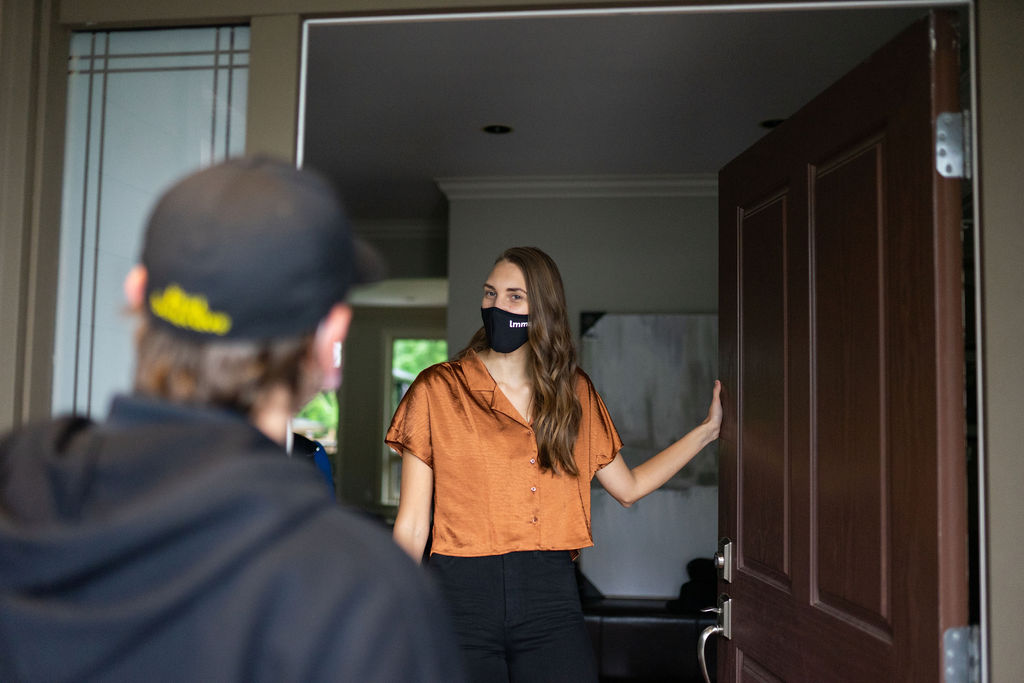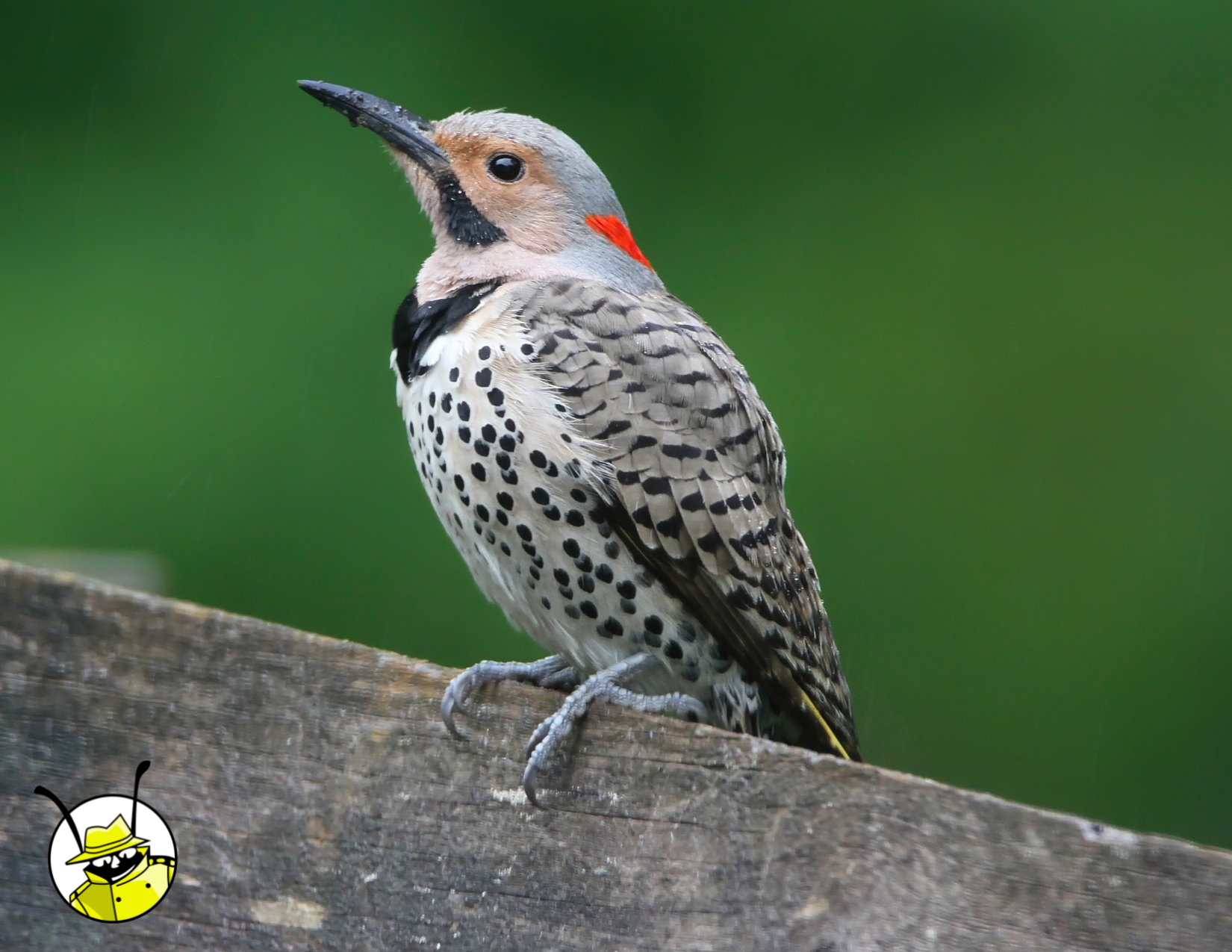You already know that bugs are annoying. Insect infestations can erode your home’s exterior, spread disease and ruin your carpet. But what humans fear the most about pests is definitely their bite.
Bites can range from annoying to dangerous. Read on to learn which insect or arachnid bites you should be concerned about, what to do when you’re bitten or stung, and how to avoid being hurt in the first place.
Bees
First of all, it’s important to note that bees are generally much less aggressive than wasps and hornets: bees will only attacked when they feel very threatened, so usually as long as you are aware of your surroundings and give bees and honeybees enough space, you’ll be safe from their painful stings.
Bees are very important to the environment—they pollinate everything from fruit trees to flowers, so it’s important to leave them be whenever possible.
Bee stings almost always result in the bee’s death. This is one reason why bees sting so rarely and only as a final resort. Sting symptoms could include:
- Itching and pain at the site
- Redness and swelling around the sting
If the stinger remains in your skin, remove it as soon as you can by scraping or sweeping it out. Trying to pull it out will squeeze it, injecting more venom into your system. Put ice on the area to reduce swelling and take over-the-counter painkillers to reduce pain.
If the person who was stung is severely allergic and might go into anaphylactic shock, get emergency medical help and inject epinephrine immediately. Anyone who has just had an epinephrine injection should also visit the hospital immediately, even if the injection abates their symptoms.
Wasps
In contrast to bees, wasps are naturally more aggressive. Wasps have sleek, hairless bodies while bees look very furry. Wasps also have very narrow, pinched waists. They come in a variety of colours, from black and yellow to metallic blue and green. The most common wasps in BC are yellow jackets, boldfaced hornets and paper wasps.
One reason wasps can be more aggressive than bees is their ability to sting multiple times—they don’t necessarily leave the stinger behind in your skin. The most common reactions to wasp stings include:
- Sharp pain or a burning sensation at the site
- Swelling, redness and itching around the sting
Pain should reduce after a few hours. Take the same steps as you would with a bee sting, and treat anyone who suffers from extreme bee and wasp allergies immediately.
Spiders
While there are at least 3,000 species of spiders in North America, with around 1,000 in BC, very few spiders in BC are actually poisonous: only two North American spiders can pose a danger to humans, and one—the black widow—is much more common than the other (the brown recluse).
People often mistake bites by other small insects for spider bites. Remember, unless your bite manifests the more serious signs described below, a spider probably wasn’t the culprit.
Black Widow
The only black widow spider found in BC is the western black widow, which is more widespread in southern BC. Many people mistake a species known as the false black widow spider for the real thing: a real female black widow could have a black or brown body and will always have a red or orange hourglass shape on its back.
Male black widow spiders are relatively harmless. Female black widows, however, can cause painful bites. The females are usually between 12 to 19 mm, while the male is smaller and has white bands on its legs and stomach.
Black widows generally only bite in self-defence, so the best way to avoid a bite is to look out for black widows in their typical environments: they love lurking in garages, woodpiles and lawn furniture, and will rarely enter the main part of an inhabited home.
Contrary to some common beliefs, black widow spiders aren’t aggressive. They’re shy and reclusive, and they largely only come out at night. Remember, they don’t want to hurt you! They only bite in extreme self-defence, as when their eggs are threatened.
If you’re bitten by a black widow, your symptoms might include:
- Localized pain
- Muscle cramps
- Abdominal pain
In severe cases, larger muscle groups can be affected, resulting in spasms in your shoulders or back. Vomiting, fainting and difficulty breathing are also more severe symptoms.
Fatalities from black widow bites are extremely rare, and usually only occur in the elderly or small children. If a member of either of these groups has been bitten, seek immediate medical attention. Also, see a doctor if you experience severe pain. Safely catch the spider, if possible, or be prepared to describe it in detail so the doctor can confirm the diagnosis.
Brown Recluse
Although brown recluses are believed to live in BC, no known cases of brown recluse bites have ever been recorded in the area. So breathe a sigh of relief! This advice is for an unlikely worst-case scenario.
The brown recluse hides in hot, dry areas where it can stay hidden and safe, such as woodpiles. They’re around 1.3 cm long and can be identified by the dark brown fiddle-shaped mark on their backs.
Many brown recluse bites don’t hurt right away. If you’ve been bitten, you might not notice until you begin experiencing other symptoms. Besides pain at the site, some common symptoms include:
An ulcer, or open sore, at the site of the bite, along with necrosis (tissue destruction) around the site (necrosis manifests as black, dead tissue)
Red skin, swelling, pain and itching
Fewer people experience the following severe symptoms, but full-body reactions to brown recluse bites have been known to happen:
- Full-body skin rash (small, flat red and purple spots)
- Joint pain
- Nausea
- Vomiting
- Fever
If you believe you’ve been bitten by a brown recluse, stay calm: too much excitement can increase the flow of venom into your bloodstream. Place a cool cloth over your bite (or place a dry cloth on the bite and cover it with a sealed ice pack) to reduce the swelling.
If you can safely catch the spider, do so—this will help the doctor positively identify that a brown recluse bit you and apply the right treatment. This is especially important since no known brown recluse bites have been recorded in BC, so catching the spider can verify that it was indeed a hobo spider.
If you can’t catch the spider, make sure you can describe when you believe the bite took place, and where in your house it happened. Even simple descriptors like this can help a doctor better confirm his or her diagnosis.
If your symptoms are serious, including necrosis, rash or a fever, see a doctor immediately,
Safety First
Now that you know what happens when you get bitten or stung and what to do about it, you might wonder how you can prevent this pain in the first place! One option is to call an exterminator. Hornet and wasp nests can be safely removed by a professional to reduce the chance of stings, which is especially important if you have small children who enjoy playing in the yard during the summer.
Another option is to avoid these insects as much as possible. Bees and spiders especially are more than willing to leave you alone as long as you don’t intrude on their space. While wasps and hornets can be more aggressive, bees and spiders are generally content to go their own way.
Stay safe this summer by avoiding dangerous insects and arachnids—but if you do encounter them, be prepared to effectively deal with the injuries and keep your family safe.




